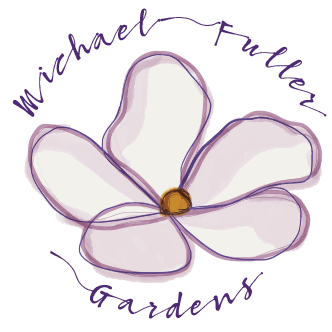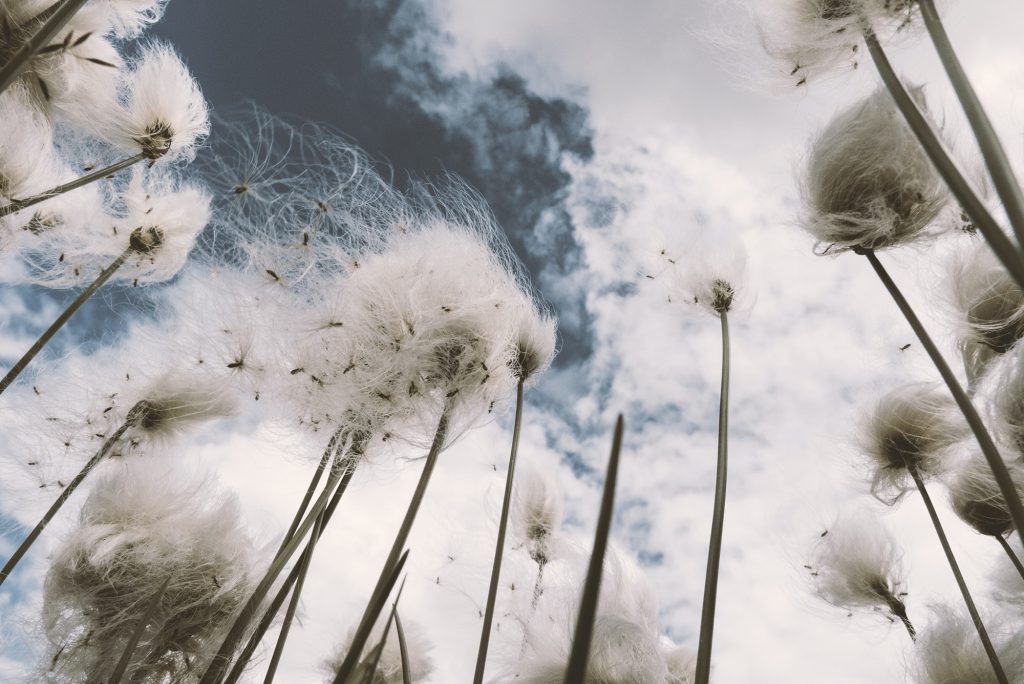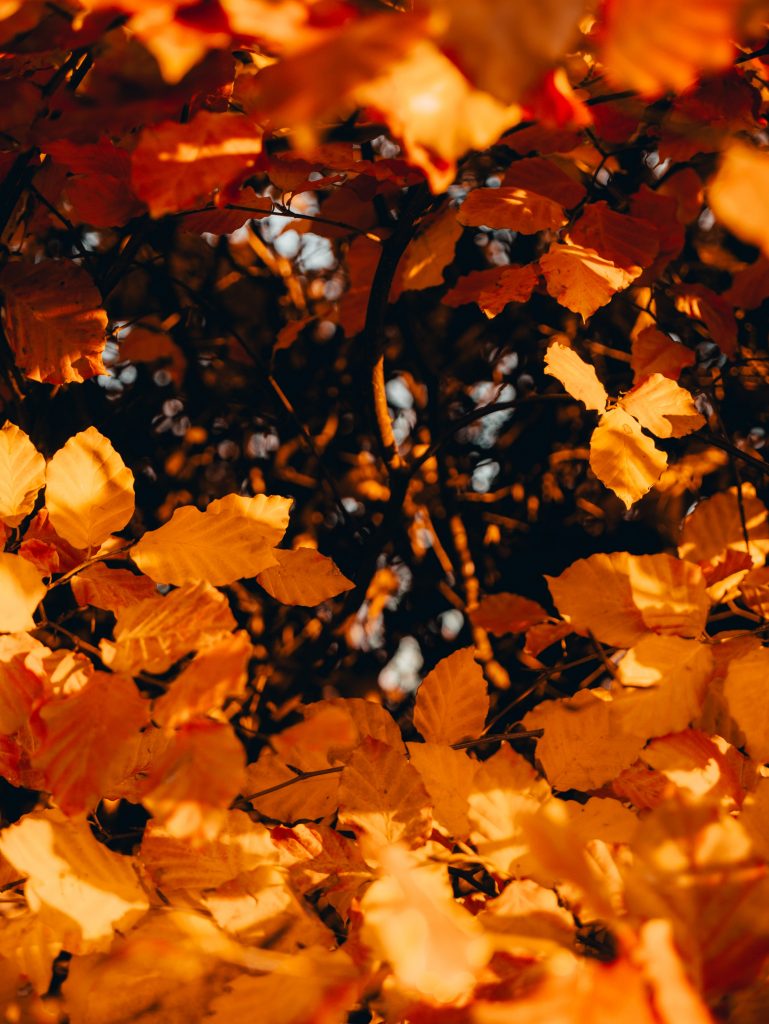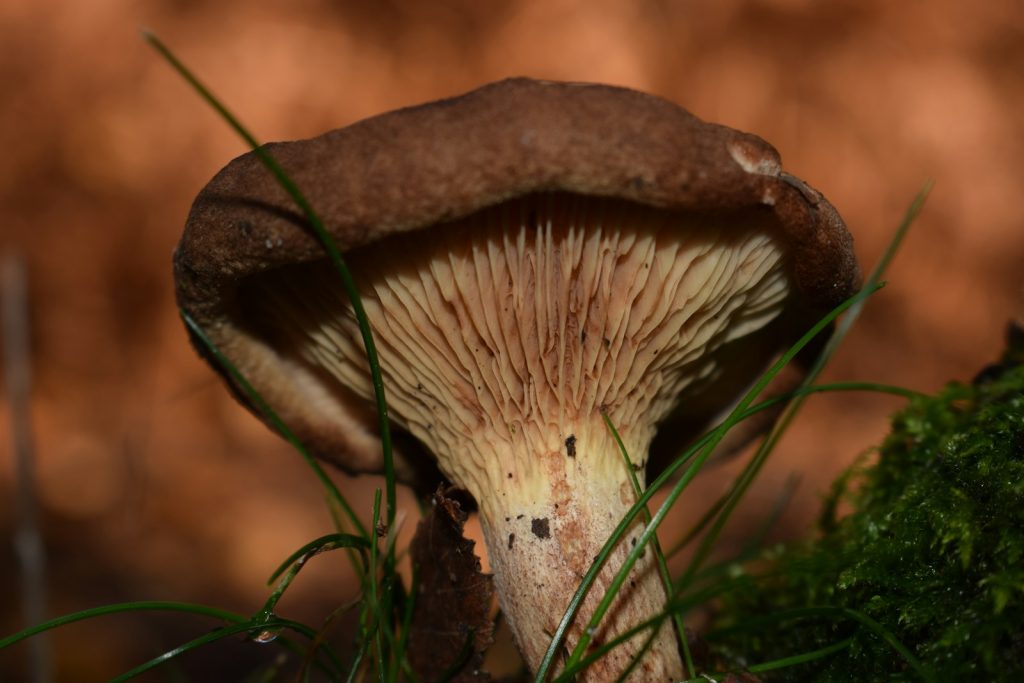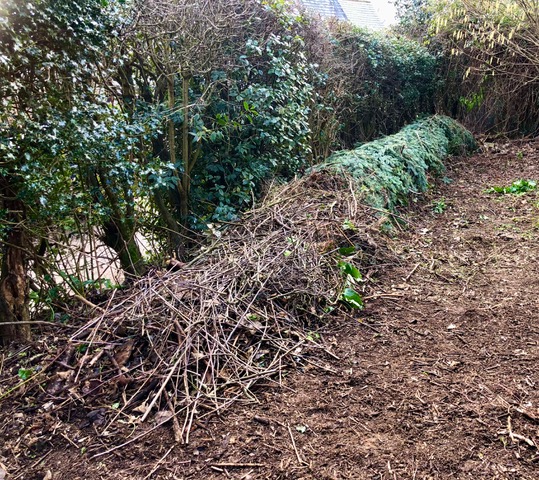“What shall we do with all this rubbish?” – how to end the ‘war on weeds’
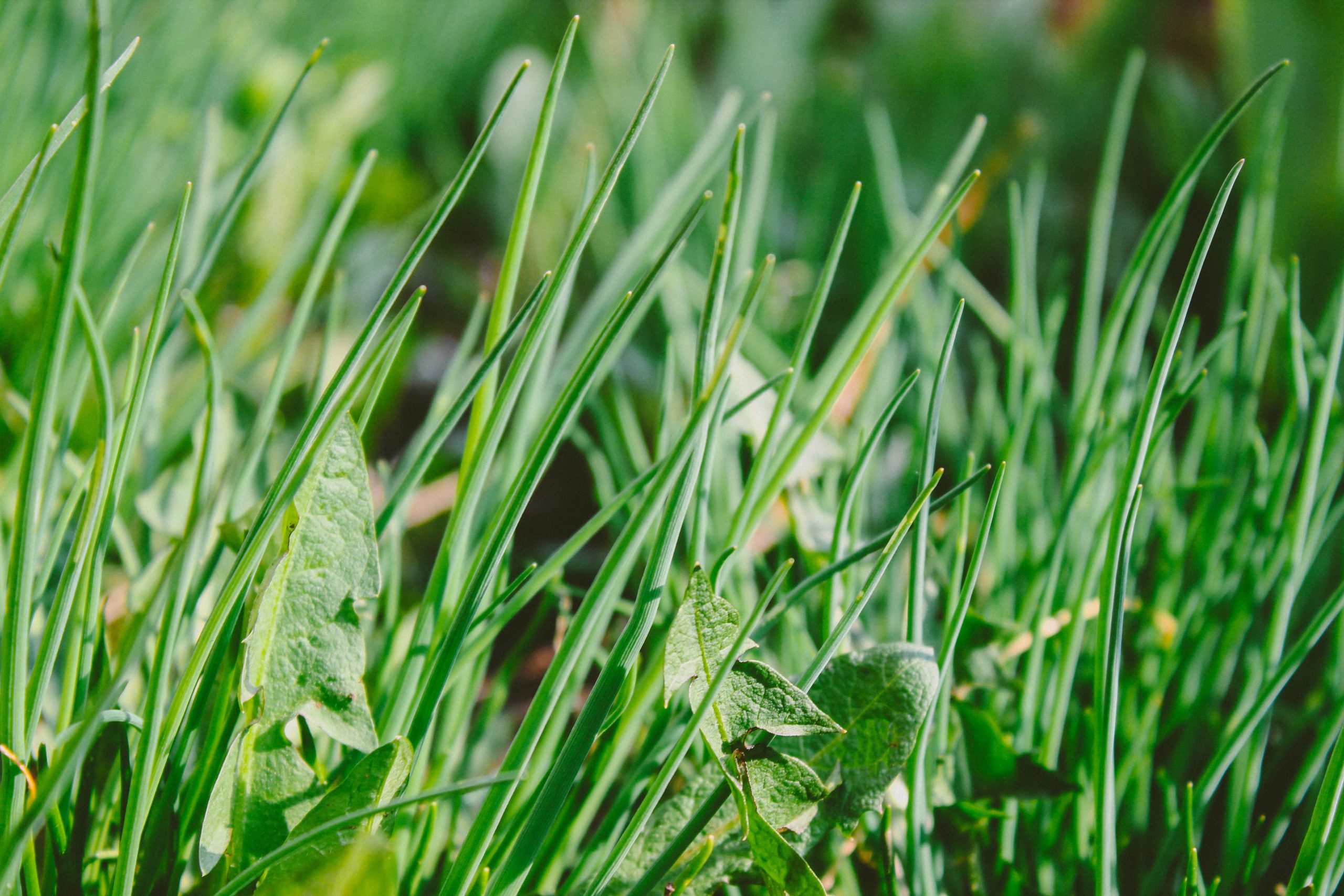
As a gardener I often hear this question; no matter how much we prune, cut and clear, Nature creates ever more growth, particularly at this time of year when her growth forces are strong. We can feel overwhelmed with all this ‘rubbish’, perhaps resorting to frequent bonfires, filling our recycling bins or trips to the dump in a desperate attempt to keep on top of it. We can feel that we are ‘at war’ with the garden, trying to hold back the tide of growth. But it needn’t be like this, perhaps the solution is to ask a different question: not “what shall we do with all this rubbish?” but rather “is this really ‘rubbish’ and if not, perhaps it is something useful, a gift for us and our garden?” By asking this simple question, we are no longer at ‘war with the weeds’ as we begin to change our point of view. Below is a list of all the ‘rubbish’ that with only a few exceptions can remain in the garden and be very useful.
Woody material: if you are pruning trees, shrubs and woody plants there are many ways of using this material. Any branch larger than 3cm (just over 1 inch) diameter is perfect firewood, if seasoned and dried properly they can be used in an energy-efficient wood-burning stove. If you don’t have one yourself then ask friends or neighbours – most people would be delighted to receive your gift. For branches between 3cm and 1cm in diameter, the best thing for these is to create an ‘eco heap’ in your garden. Choose a spot in a corner under some larger shrubs or trees and build a heap with your prunings; it doesn’t have to be beautiful, but it can be (at Great Dixter in Kent they have built extremely attractive large eco heaps, designed to be admired!) I would suggest limiting the heap to just one seasons worth of wood and then moving to a new area the following season. These heaps are havens of wildlife, particularly insects, but also the increasingly rare hedgehog, as well as a range of fungi. The heap should then be left undisturbed, perhaps carefully treading it down once a year (in the summer when no hedgehogs will be hibernating) until it naturally disappears over a few years. Prunings below 1cm in diameter can be chopped by hand or with a lawnmower and added to the compost heap.
Weeds: apart from the three ‘difficult’ weeds – dock, bindweed and ground elder, all other weeds can be put on your compost heap. As long as the heap is hot enough from a good mix of different materials most weeds will compost well and contain valuable trace elements. Dock, bindweed and ground elder should not be directly composted until they have been treated with a ‘stewing’ process. A deep bucket or barrel filled with water provides a good place for stewing: add the weeds to the water and allow at least 6 weeks for full rotting to take place, they will be a bit smelly, but they can now be added to the compost heap, again providing valuable nutrients. (NB if the Dock has produced seeds then these should not be added to the stew, rather dry and burn them on a bonfire).
Grass clippings: as long as the grass is added to a compost heap that has a good mix of other (dryer) materials, it is excellent in providing warmth, moisture and nitrogen. If you have too much can use it as a mulch around vegetables and other plants: invaluable in dry weather to retain moisture and prevent weed growth.
Leaves: small amounts can go directly into the compost, but if you have too many then a separate leaf compost area will be required. Most leaves take 2 years to fully rot down (compared to a 6-month compost heap), so putting leaves either in a simple wireframe or a box would be ideal. You would need at least two separate containers to allow for the two-year rotting process. Leaves, like weeds and grass, are extremely high in nutrients for the garden.
The two exceptions to the above are Bamboo and Japanese Knotgrass, both highly invasive perennials that can spread rapidly; they should not be composted, nor given to the Council for recycling. The two ways of removing them are either with a weedkiller or by digging and burning. I do not recommend weed-killing as the active ingredient in such weedkillers is Glyphosate, which is highly likely to be harmful to bees, soil health and cancer-inducing; the other way is digging and burning. It is labour intensive and will require a few years to completely eradicate but it is possible. Once you have removed the roots, dry them out for a few weeks and then burn them on a bonfire. (For more information on identification and safe disposal of Japanese Knotgrass please see www.gov.uk).
By questioning our views on ‘rubbish’ we not only reduce our carbon footprint: fewer trips to the dump and fewer bonfires, we also increase the nutrient value of our garden, as well as providing more biodiversity. With the realisation that there are very few ‘bad weeds’ we can look at our garden in a different way: no longer something that creates problem rubbish for us to deal with, but rather a place of mutual benefit where our garden helps us as we help the garden. We no longer feel separate from Nature: ‘at war with the weeds’, but begin to sense a certain deeper connectedness with her as we discover her gifts.
Happy weeding!

